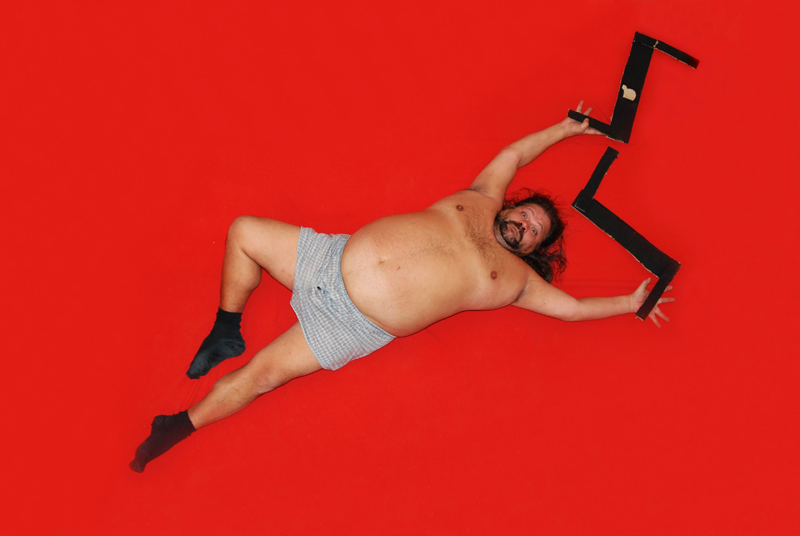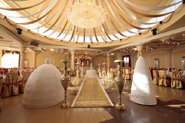Visual Tactics at the Centro Andaluz de Arte Contemporáneo, Seville, September 2009-January 2010 (Exhib. Review)
Blickmaschinen oder wie Bilder entstehen. Zeitgenössische Künstler schauen auf die Sammlung Werner Nekes, Centro Andaluz de Arte Contemporáneo, Seville, September 2009-January 2010.
The curators of the Blickmaschinen exhibition attempt to answer the question of how the image of the world appears, how it manifests itself, and how it is received and interpreted. The issue of the ontological status of representation was virtually absent in the discourse of art history until the late 20th century. With the emergence of post- structuralism, however, a lively process of re-negotiating the status of representation began. James Elkins lists a few of the starting points … Read more









